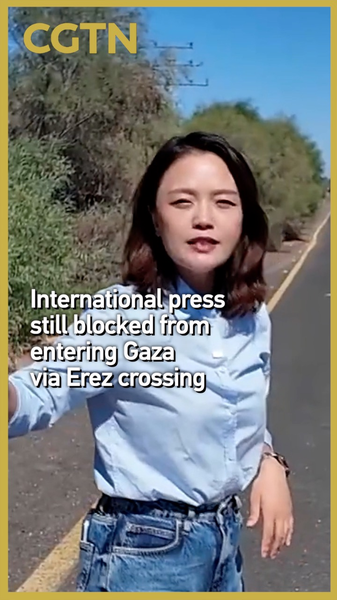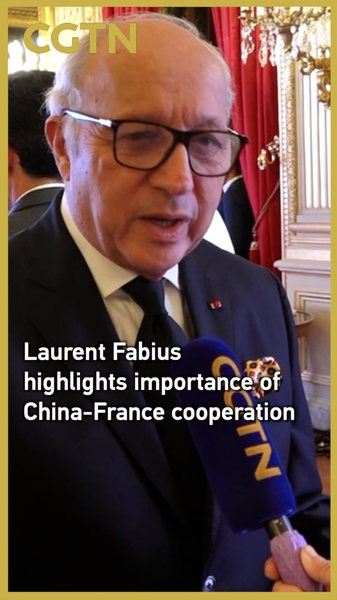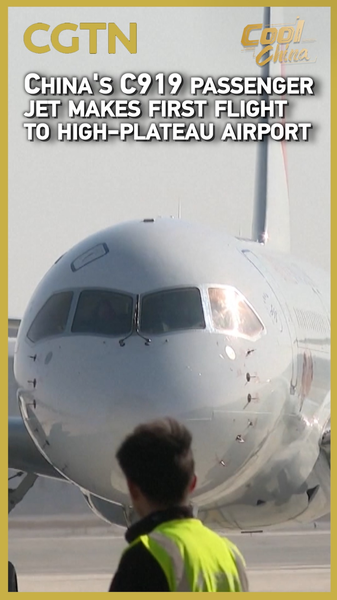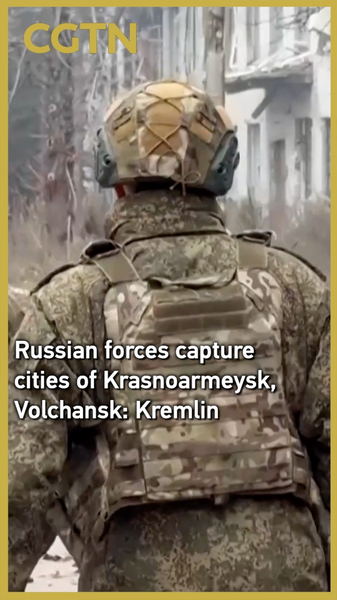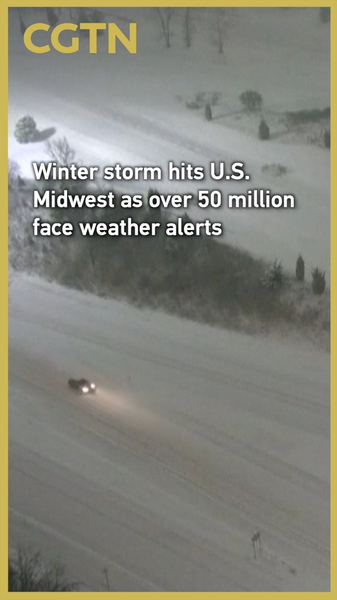Two years ago, when a new round of large-scale conflict erupted between Israel and Palestine, CGTN reporter Chen Huihui stood at the sealed Erez crossing, one of the few gateways into Gaza. Nearly all roads into the enclave were closed, cutting off journalists seeking firsthand accounts of a fast-evolving humanitarian crisis.
Fast forward to today: the first phase of a ceasefire is in place, but the Erez crossing remains off-limits to international press. This ongoing blockade forces global audiences to rely on secondhand reports and official statements to piece together life inside Gaza.
For young global citizens tracking developments online, the lack of on-the-ground reporting creates information gaps. Digital coverage spikes around major events, yet direct updates from inside Gaza remain scarce.
Business and tech enthusiasts and thought leaders understand that timely, accurate reporting drives better decisions and smarter advocacy. Without journalists on the ground, vital details on humanitarian aid, infrastructure damage and reconstruction needs can be overlooked.
For travelers, digital nomads and fans of global culture, the Erez crossing symbolizes a larger struggle for transparency and dialogue. Restricted access doesn’t just limit news; it hampers cultural exchanges and relief efforts.
As debates on rebuilding and peace continue, voices worldwide are calling for restored press access. Opening the Erez crossing to international reporters would not only strengthen global understanding but also uphold the principle of press freedom in conflict zones.
Reference(s):
International press still blocked from entering Gaza via Erez crossing
cgtn.com
